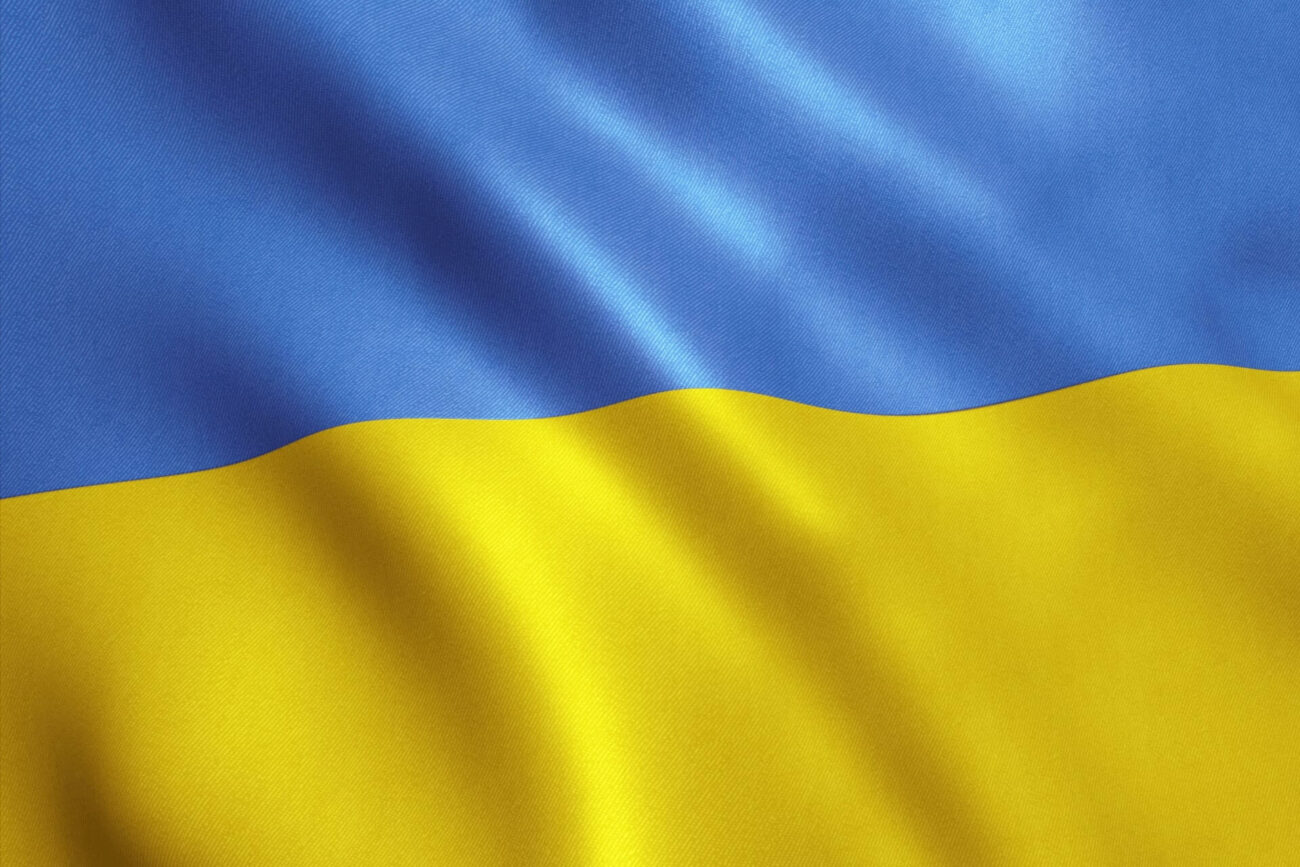Bronchoscopy
Bronchoscopy is a procedure that allows a doctor to examine your windpipe, airways and lungs. This factsheet explains what the procedure involves, why it is used and two case studies of bronchoscopy from patients.
Breda’s experience of bronchoscopy
“A doctor told me about the procedure and what to expect: I would have a line, also known as a cannula or catheter, put into a vein to receive some sedation making me feel sleepy and my throat would be numbed by some spray. During the bronchoscopy they would do a bronchial lavage (washing), meaning that some water would be squirted into my lungs and removed. I was told that the procedure itself would only take about 15 minutes, and that my throat might be a little sore or dry. Afterwards I felt fine, just coughed a bit and my throat did feel sore. I went home to rest and felt fine the next day. To anyone who may require a bronchoscopy, I would say, having a bronchoscopy can be a worrying experience if you do not know what to expect, but if having the procedure can help doctors to learn more about your airways and how to treat you, it is a worthwhile experience.”
Bronchoscopies are carried out using a thin viewing instrument called a bronchoscope. The instrument is a flexible tube that has a camera at the end, which allows your doctor to see into the airways and the lungs. You may need a bronchoscopy if you have had an abnormal chest x-ray or chest computed tomography (CT) scan. The results of the test can show signs of an infection, excess mucus in the airways, if there is any bleeding, a blockage (such as a piece of food) in your airway or a tumour.
What does the procedure involve?
The procedure will usually take place in an operating theatre or a prepared suite and you are likely to be lying down in a comfy position. You may receive an injection to help make you feel sleepy during the procedure. A local anaesthetic will be sprayed into your nose and onto your throat to help numb the area. The bronchoscope is then passed through your nose or your mouth and down the back of your throat. There is always plenty of room to breathe around the bronchoscope.
Some bronchoscopies involve the collection of a tiny amount of tissue from the airways, known as a biopsy, by using very small forceps. Sometimes cells are collected by rinsing the area and collecting the fluid, known as bronchoalveolar lavage. The samples that are collected are then analysed to understand more about the condition of the airways.
Key questions
Are there any side-effects of the test?
The chance of complications with this procedure is very small. You may experience a sore throat and nose the next day. Some patients have a nose bleed or blood-stained phlegm. In the largest study currently undertaken, only 1% of over 20,000 patients experienced serious complications¹.
Will I be awake during the procedure?
Most people are able to have a bronchoscopy without being fully sedated. However healthcare professionals will discuss sedation with you and help you consider both options before you make a decision. As Breda’s experience shows, you may receive an injection into a vein that will make you feel sleepy, although you will still be awake.
How long does the procedure take?
The procedure usually takes between 15 and 30 minutes.
Will I feel any pain?
As you can see from the experiences of Breda and Marleen, most people describe the feeling as uncomfortable, rather than painful. You will receive a local anaesthetic, which helps numb the area so you can’t feel it.
¹Facciolongo N, Patelli M, Gasparini S, et al. Incidence of complications in bronchoscopy. Multicentre prospective study of 20,986 bronchoscopies. Monaldi Arch Chest Dis 2009;71:8–14.
Marleen’s experience of bronchoscopy
“When participating in a scientific study on asthma last year, I had two bronchoscopies on one day, I would be lying if I said it was easy, but it was not as terrifying as I had expected. It’s a very intense experience, but not painful. The hardest part is that you have to control your urge to cough – which feels very unnatural. I was glad that I had a doctor who explained the procedure to me in detail before starting. This made me feel well prepared, as I knew what was going to happen and how I would feel during the procedure, which made the whole experience easier.”




